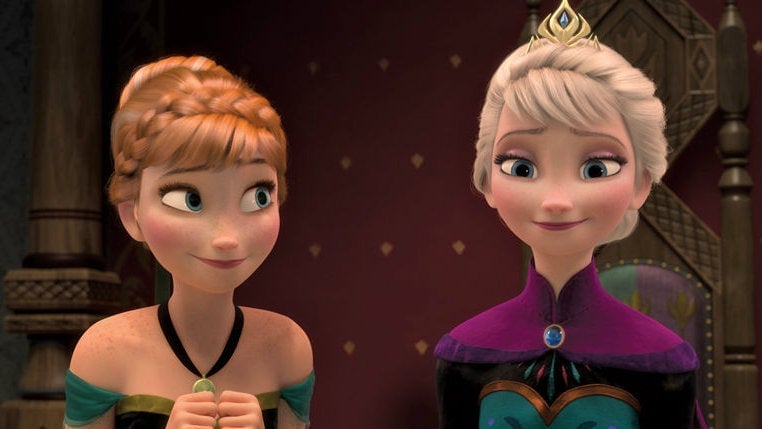American movies are full of women who don’t really talk
Gender disparity in Hollywood and the entertainment industry has been talked about quite a bit in the past few years.


Gender disparity in Hollywood and the entertainment industry has been talked about quite a bit in the past few years.
At the Academy Awards ceremony in March 2015, actress Patricia Arquette denounced (video) wage inequality during her acceptance speech; Jennifer Lawrence wrote a column on the topic last October; Meryl Streep funded a lab for women screenwriters over 40 about a year ago; and Reese Witherspoon launched a production company in 2014 to support women’s voices in film.
The problem is rooted in scripts. Female characters are subject to different treatment in scripts, and they are given fewer leading roles. But that’s not all: According to an analysis of 2,000 US film dialogues since the 1980s conducted by the digital data publication Polygraph, female voices aren’t heard because there aren’t many opportunities to use them.
Of the analyzed films, only a small portion have a majority of lines delivered by women.
Further, in some 15% of the movies, over 90% of the lines were spoken by men. (By contrast, in just 0.4% of the movies were 90% of the lines spoken by women.) As you might expect, the disparity is the largest in genres such as action movies. It’s slightly better for dramas.
Looking at the lead roles, the analysis shows not only that most movies had male lead characters, but that in a large majority of them, two of the three leading roles were played by men.
The data also shows which characters in the film speak more—and the age of the actors playing the role. Predictably, male actors get more lines in movies as they age (up to 65), while for women the peak is between the ages of 22 and 31.
The problem is even more glaring in Disney movies. It wasn’t just the character Ariel in The Little Mermaid who lost her voice. In 22 of the 30 movies analyzed, the majority of lines were delivered by male characters.
In The Jungle Book, 98% of the lines are spoken by male characters. In Frozen, it’s 57%—even though the protagonists are female. Inside Out is the Disney movie with the most lines spoken by women, at 64%.
The researchers do note, to be sure, that the analysis only looks into the distribution of lines, and not at the plot. In Mulan the plot is mostly about the female heroine, while men have 85% of the lines. Still, even if line distribution can’t be taken as an absolute proxy of sexism in the movie industry, it provides an interesting indicator of the space given to male characters compared to female ones.